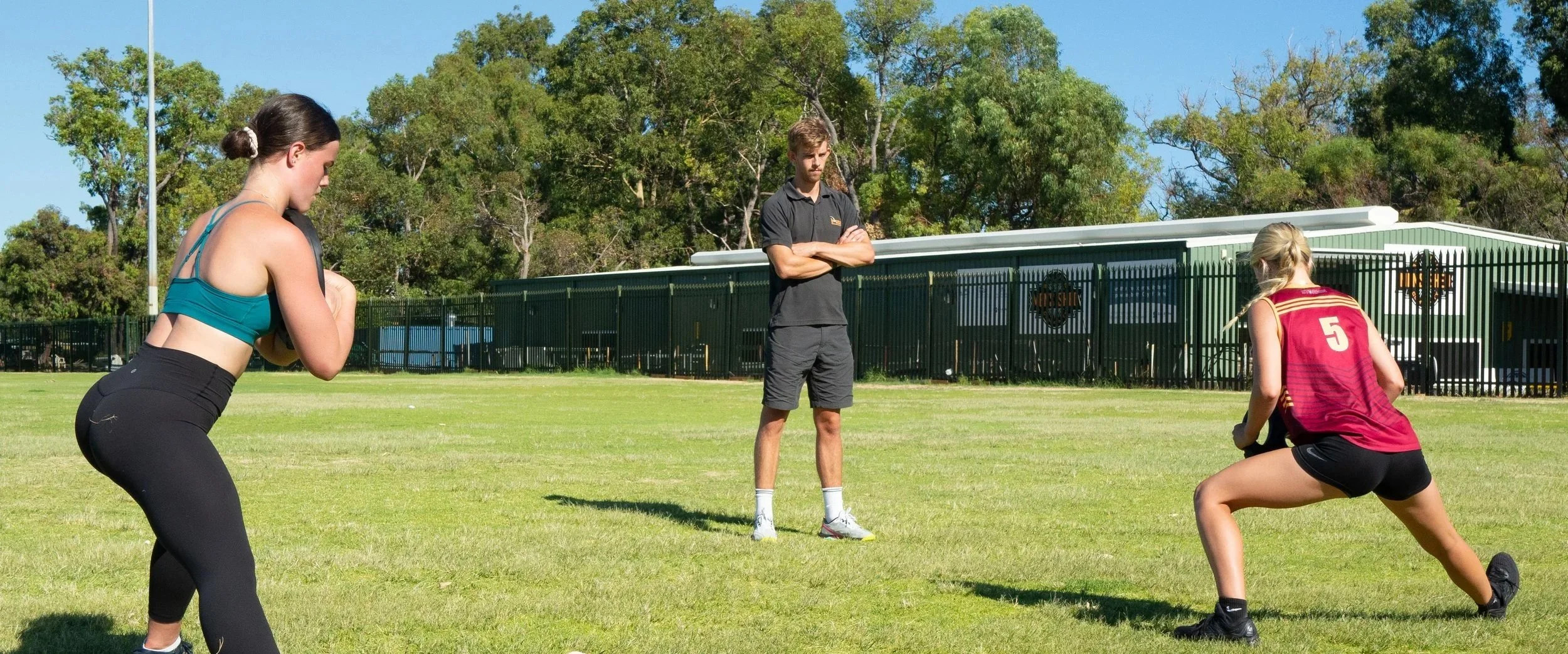
THE BLEX ACL HEALING METHOD
The BLEX (Block Extension) ACL Healing Method is a practical full-weight-bearing bracing protocol developed by Scott Harrison, Dr Kieran Richardson, Michael Ingle, and Sean O’Keefe with combined 30+ years of clinical experience treating and rehabilitating ACL injuries non-surgically and the most up to date scientific research in bracing methods to heal complete ACL ruptures (Ihara, 1994; Delin, 2012; Jacobi, 2016; Ihara, 2017.)
The BLEX method is a 6-12 week bracing protocol in which the patients knee is limited to protect knee extension and allow the ACL to re-connect and heal without surgery.
Brace angle, protocol length, and progression of rehabilitation needs to be determined by your treating BLEX-trained physiotherapist. Supervision during the bracing period is essential to manage symptoms, program effective and safe rehabilitation exercise, and monitor for signs and symptoms to ensure patients are safe and managing risk. Patients must consult an experienced physiotherapist to ensure they are suitable for the protocol and to evaluate any risk factors that may need to be managed or monitored.
The protocol has been specifically designed to be practical, allowing patients to walk, drive, exercise, and in many circumstances work whilst in the brace.
What are the benefits?
High probability if natural ACL healing (Ihara, 1994; Delin, 2012; Jacobi, 2016; Ihara, 2017.)
Ability to walk, drive, work during the bracing period
Achieving a functionally stable knee
Possibility to avoid surgery
Possiblity to return to sport without surgery
Most patients don’t require anticoagulant medication
Can be commenced multiple weeks after injury
Most patients and injury types are suitable for bracing
How frequently can the ACL heal with bracing?
Between 1 in 2 and 9 in 10 complete ACL ruptures can heal (re-connect) with early specific bracing intervention (Ihara, 1994; Delin, 2012; Jacobi, 2016; Ihara, 2017.)
Ihara et al. 2017
When can I start the BLEX method?
Early intervention is key, and earlier time to bracing is associated with better outcomes. The BLEX method should be commenced within 5 weeks from date of injury, although in some circumstances patients can commence bracing later than 5 weeks which may be determined by your treating BLEX-trained physiotherapist.
Who is suitable for the BLEX method?
Most patients with acute ACL tears are suitable to complete the BLEX method.
What determines the likelihood of ACL healing?
The probability and quality of healing may be affected by tear type and location, timing to diagnosis, timing to commence bracing, quality education, timing and quality of rehabilitation intervention, and avoiding activities that overstress the ligament or cause knee instability.
What is the exclusion criteria?
Fracture requiring surgery, casting, or non-weight bearing
Displaced bucket-handle tear with a mechanically locked knee
What are the risks?
The protocol is generally very safe, however it is important to understand that some patients may be at risk of deep vein thrombosis early post injury. Consultation with a BLEX-trained physiotherapist is required to evaluate the risks, and in some circumstances referral to your general practitioner may be necessary. In some cases anticoagulant medication may be recommended by your doctor to mitigate this risk.
Other risks include
Discomfort
Pain
Agitation from the brace
Disturbed sleep from the brace
Muscle tightness or contracture
Subsequent injury in the case of knee instability
References
Ihara, H., Miwa, M., Takayanagi, K., & Nakayama, A. (1994). Acute Torn Meniscus Combined With Acute Cruciate Ligament Injury: Second Look Arthroscopy After 3-Month Conservative Treatment. Clinical Orthopaedics and Related Research (1976-2007), 307, 146-154.
Ihara, H., Miwa, M., Deya, K., & Torisu, K. (1996). MRI of anterior cruciate ligament healing. Journal of computer assisted tomography, 20(2), 317-321.
Delin, C., Silvera, S., Djian, P., Courroy, J. B., Rousseau, D., & Legmann, P. (2012). Paper 77: Conservative Treatment of Ruptured ACL: A Prospective Study of Controlled ACL Healing with Fully Restored Anatomy and Function in Patients Pre-selected by Diffusion-weighted MRI: Initial Experience. Arthroscopy, 28(9), e378-e379.
Jacobi, M., Reischl, N., Rönn, K., Magnusson, R. A., Gautier, E., & Jakob, R. P. (2016). Healing of the acutely injured anterior cruciate ligament: functional treatment with the ACL‐Jack, a dynamic posterior drawer brace. Advances in Orthopedics, 2016(1), 1609067.
Ihara, H., & Kawano, T. (2017). Influence of age on healing capacity of acute tears of the anterior cruciate ligament based on magnetic resonance imaging assessment. Journal of computer assisted tomography, 41(2), 206-211.

